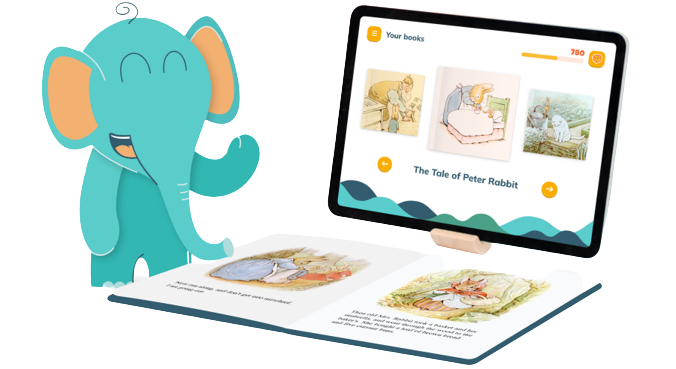What is it, and how do you use it?
Just like the name sounds this is a tool that some teachers ask students to use to log, or record, their reading behaviors outside of school. Typically the reading log is completed nightly and due at school weekly for the teacher to review. At any grade level, it’s highly possible the log may ask for an adult signature to verify that the family is monitoring and supporting at-home reading.
How it can look in kindergarten:
For kindergarten students, the reading log might be as simple as a coloring-style sheet sent home each week featuring fun seasonal items the student shades in for every book they read at home: apples for September, pumpkins for October--you get the idea!
In this case, the teacher is just looking to see how many books were read. A slightly more data-heavy kindergarten log might also ask for families to record book titles, so the teacher can see what kinds of books students are enjoying outside of school.
How it can look in first grade:
First grade reading logs are usually a bit more complex. They generally involve the student and family working together to record details like book titles and the number of minutes read. Teachers may also include some sort of rating system in these logs, like a series of faces with different expressions to circle or color in to show how a student felt about the book they read at home each night.
How it can look in second grade:
By second grade many students will be able to complete their nightly log without family assistance. Logs at this stage may include details like the date, the title and author, the number of pages read, and even something like a one-sentence retelling of the text.

Ello is a great addition to any child’s reading experience. It’s fun, motivating, low-pressure, and affordable.








%20(1).png)


.svg)








